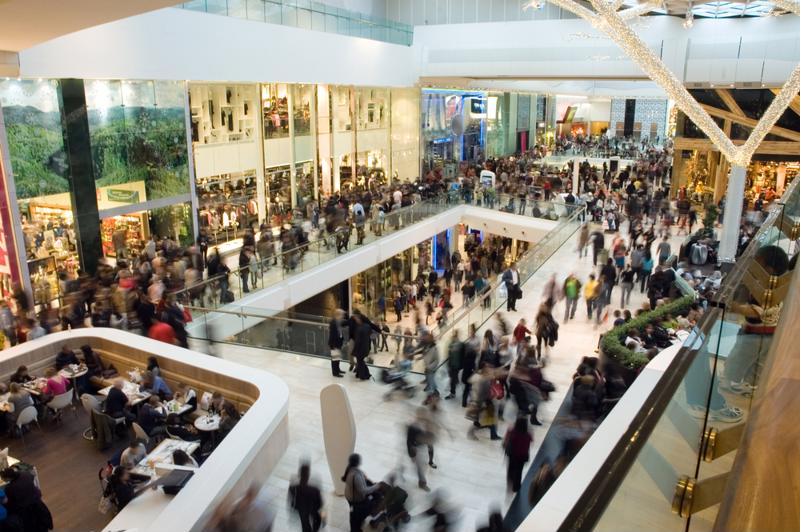The holiday stretch is rife with anticipation for retailers, the prime period of the year for sales as consumers hit the stores and the internet to participate in gift giving galore. Based on preliminary figures, operators of small and large businesses were bowled over by the buying binge.
“Holiday spending rose 4.9% compared to 2016.”
In the month of November, holiday sales soared, up nearly 5 percent compared to 12 months earlier, according to data released by Mastercard. That’s the largest year-over-year increase since 2011, corresponding with analysis showing consumer optimism reached a 17-year high during the penultimate month of 2017, The Conference Board reported. Purchase behavior was particularly robust via online channels, with e-commerce shopping rose more than 18 percent versus November 2016.
Sarah Quinlan, senior vice president of market insights at Mastercard, noted business owners are adapting to buyer preferences by making it easier for consumers to shop for the items they want hassle free.
“Evolving consumer preferences continue to play out in the aisles and online sites of retailers across the U.S.,” Quinlan said in a press release. “Overall, this year was a big win for retail. The strong U.S. economy was a contributing factor, but we also have to recognize that retailers who tried new strategies to engage holiday shoppers were the beneficiaries of this sales increase.”
Last-minute shopping paid dividends
With both small and large retailers offering deep discounts and more means to buy, these deals remained in place for much of the holiday period, appealing to procrastinating buyers. Indeed, Dec. 23 was second to Black Friday in terms of single-day spending, particularly in the jewelry category. Approximately 50 percent of respondents in a survey conducted by the National Retail Federation said they had yet to finish all their Christmas shopping less than a week before Dec. 25. The survey also found that a projected 126 million people would be hitting the stores and online checkout sections on Super Saturday, the last Saturday prior to the big day.
Retailers had early indications their stores would be peppered with patrons. For instance, during Small Business Saturday, 108 million shoppers spent a combined $12.9 billion, based on findings from the National Federation of Independent Business. Restaurants, bars and clothing retailers saw the biggest uptick in buyer traffic. Purchases at home good stores also rose, up 7.5 percent compared to last year, according to Mastercard’s SpendingPulse report.
Sucharita Kodali, a retail analyst at Forrester Research, told USA Today that low unemployment and high consumer confidence proved to be a winning combination for store operators as well as the U.S. economy.
“(There’s) disposable income,” Kodali said. “You can spend it on a piece of sporting equipment, you can upgrade your iPhone or you can buy a Google Home device or whatever it is that interests you.”
 Stores were packed with people this holiday, largely due to last-minute buying.
Stores were packed with people this holiday, largely due to last-minute buying.9 in 10 consumers bought during Black Friday weekend
The National Retail Federation – as well as Proper Insights & Analytics – came to similar conclusions about the potential for sales to skyrocket, finding that more than 95 percent of people who were out and about shopping during Black Friday weekend made at least one purchase. The average buyer spent around $250 during the five-day shopping blitz.
It’s little wonder why small-business owners are heartened about what the future holds for them. In November, the NFIB Index of Small Business Optimism rose 3.7 points to approximately 107. That’s the second-highest reading in the index’ 44-year history, noted Juanita Duggan, NFIB president.
“Small-business owners are exuberant about the economy, and they are ready to lead the U.S. economy in a period of robust growth,” Duggan said.
With interest rates low, the economy robust and consumer sentiment strong, there’s no time like the present to launch a business. Growth Capital provides the financial assistance entrepreneurs need to get started. Contact us to learn more about the programs we have available.